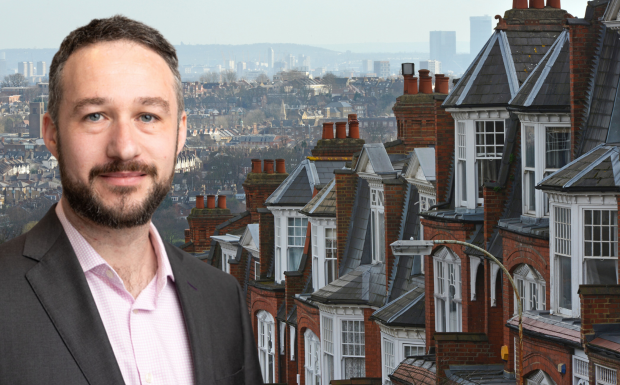London’s prime housing market weakened further in September as rising stock levels, slower sales and mounting speculation over property tax reform ahead of next month’s Autumn Budget combined to dampen sentiment.
New figures from LonRes, the independent property data firm, show that new sales instructions rose by 20.3% year-on-year, with the total stock of available homes up 18.7%.
Yet despite more choice for buyers, demand remains subdued: transactions fell 12.3% compared with September 2024 and were 13.4% below pre-pandemic norms.
Average achieved prices across prime London fell 4.6% in the year to September, the steepest drop in 18 months and 3.2% lower than the 2017–2019 average.
ASKING PRICE REDUCTIONS
Over half of all homes sold during the month had undergone at least one asking-price reduction, and the average discount widened to 10.8%, the largest since early 2019.
The slowdown has been particularly pronounced at the top end of the market. Sales of homes priced above £5 millionwere 40.5% lower than a year earlier, while new instructions in that bracket fell 26.2%.
Even so, the number of £5 million-plus homes on the market grew by 19.2% over the past 12 months, suggesting a mismatch between supply and demand as wealthier buyers pause for political clarity.
PROPERTY TAX REFORM
LonRes said that sales activity in this segment began to tail off in August following reports that the government was weighing possible reforms to property taxation. Cumulative sales in the £5 million-plus market are now more than 15% below 2024 levels, having tracked closely until mid-summer.
Across the wider prime market, Q3 transaction volumes were down 20% year-on-year, while the number of price reductions reached a record high. Elevated levels of fall-throughs—up around 15% on last year—have also prevented stronger conversion of agreed sales into completions.
The data shines a light on a fragile market heading into the final quarter of the year, with many vendors forced to cut prices to secure deals.
POLITICAL UNCERTAINTY
Analysts say political uncertainty and the prospect of new fiscal measures have kept prospective buyers on the sidelines, echoing last year’s post-election caution.
In the rental sector, growth also slowed but remains well above historical averages. Prime London rents were up 2.5%annually in September, the lowest rate in almost a year, though still 38.3% higher than pre-pandemic levels.
Activity increased modestly, with lets agreed up 6.1% and new instructions rising 19.6%, yet both measures remain below 2019 benchmarks. Stock availability has improved, with 27.4% more homes to let than a year ago, led by strong growth at the top end of the market.
STUBBORN DEMAND
Nick Gregori (main picture, inset), head of research at LonRes, said: “September traditionally marks the start of the autumn selling season but there are signs this year that activity may be lower than usual in the run-up to Christmas.
“There is a lot of stock on the market and the high number of price reductions suggests that vendors are motivated, but demand remains stubbornly low.”
He added that speculation around tax reform had particularly unsettled the £5 million-plus bracket, while in the lettings market, “rents remain high, approaching 40% above pre-pandemic levels.”





